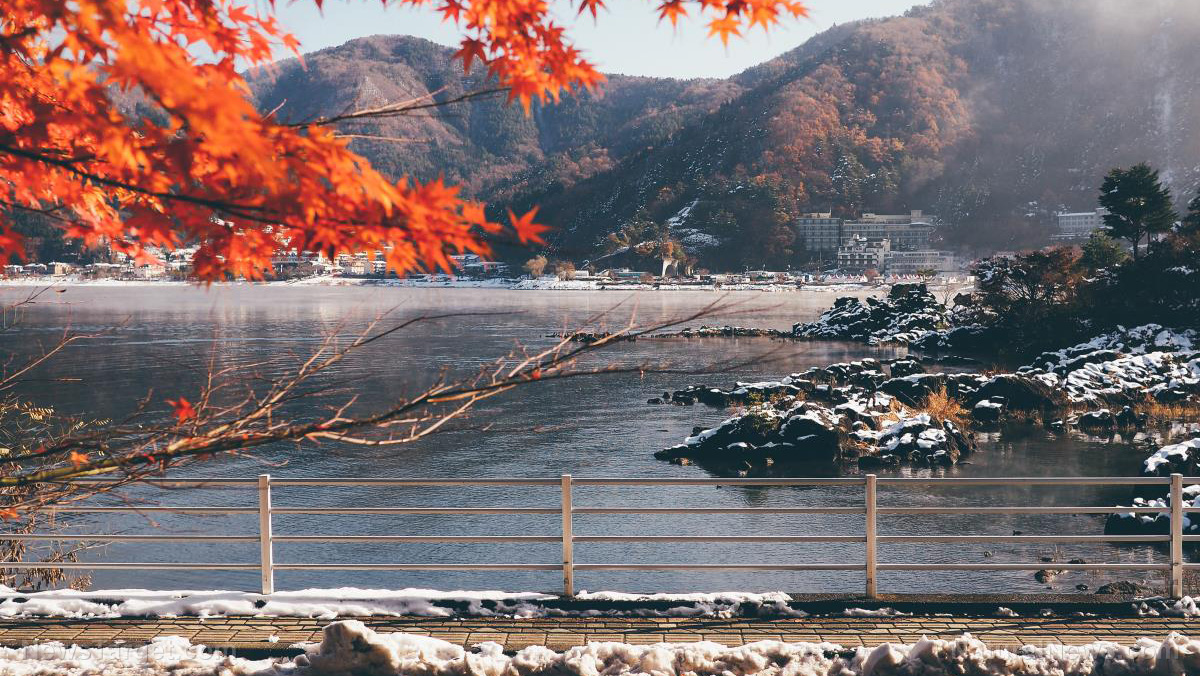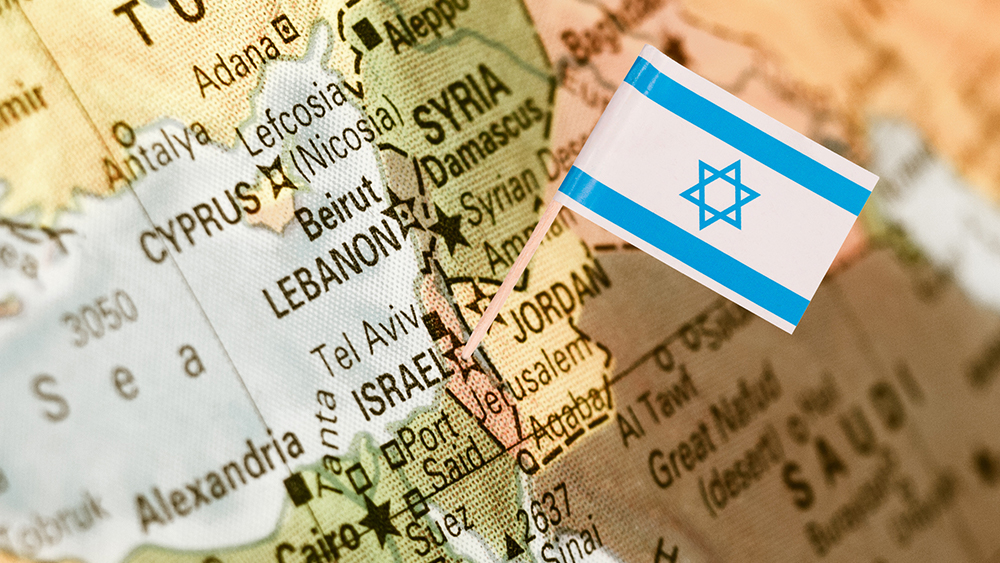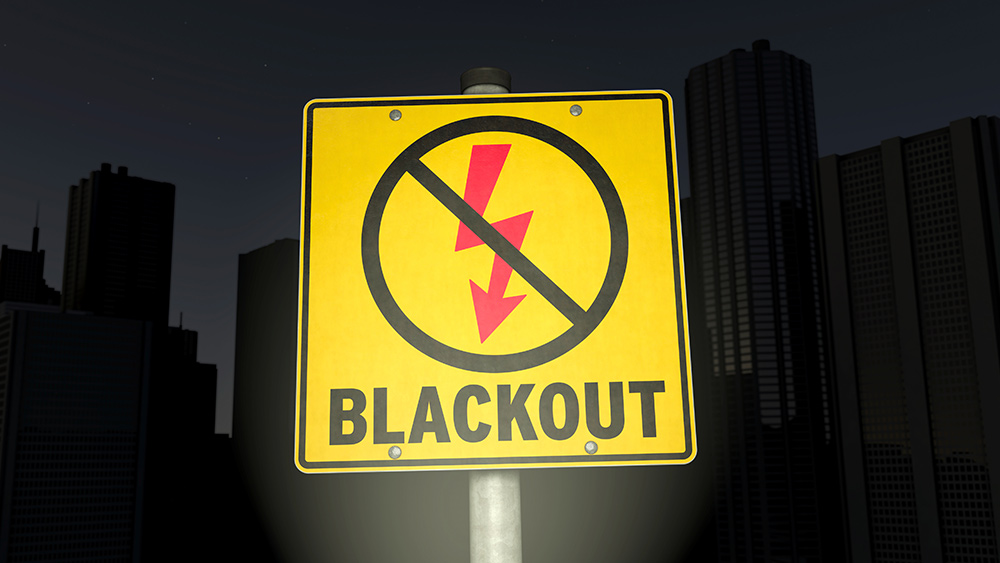 Parler
Parler Gab
Gab
- Ryo Tatsuki, a Japanese mystic with a history of accurate predictions, warns of a catastrophic tsunami in July 2025, triggering mass cancellations of travel to Japan.
- Her book "The Future I Saw" has predated events like the 2011 Tohoku earthquake and Freddie Mercury’s death, fueling public concern despite scientific skepticism.
- Travel agencies report a 50% drop in bookings, with East Asian tourists most affected by cancellations and social media panic.
- Officials downplay fears, emphasizing no scientific evidence links Tatsuki’s prediction to credible geological risks, while volcanologists highlight the Nankai Trough’s long-term threat.
- The episode underscores the paradox of how mystical claims can overshadow empirical warnings, leaving Japan’s visitors and residents in a limbo of anticipation.
The prophetic warning spurring global anxiety
Tatsuki’s career as a seer began in the 1980s when her dreams increasingly aligned with real-world disasters, including the 1995 Kobe earthquake and Freddie Mercury’s death in 1991 — a coincidence she claims began with a vision in 1976. Her 1999 book forecast an unspecified “great disaster” in 2011, which occurred when the 9.1-magnitude Tohoku earthquake and tsunami killed 18,000 and crippled Fukushima. Her latest prediction, detailed in the 2021 update of her book, warns that mid-2025 will bring a cataclysmic rupture under the Philippine Sea, a region scientists monitor due to the Nankai Trough’s seismic risks. “The ocean south of Japan will boil,” she writes, envisioning “giant bubbles” and tsunamis large enough to drown even the 2011 disaster. The prophecy has gone viral, with travel agencies like WWPKG noting a 50% drop in Easter bookings. “People are saying, Let’s hold off travel until after July,” says CN Yuen, the agency’s director. Chinese and Hong Kong tourists, Japan’s second- and fourth-largest visitor markets, are leading cancellations, exacerbated by China’s late-April warning to citizens to tread carefully in Japan.History of accuracy fuels hesitation in face of skepticism
Tatsuki’s track record has lent her uncanny credibility. Her Kobe prediction, originally dismissed, came true 15 years after a 1980s “cracked earth” vision. Her book also includes 1996 references to an AIDS-related celebrity death — one year before Mercury’s demise — and a 2020 virus forecast eerily matching the timing of the global pandemic surge. Yet critics dismiss her claims as symbolic fictions. Geophysicist Dr. Hiroshi Tanaka of Kyoto University emphasizes, “Tectonic activity at the Nankai Trough follows measurable strain, not psychic visions. There’s zero evidence of an imminent earthquake this year.” Others cite her own caution: Tatsuki admits her dreams are “not concrete prophecies” and that she once guessed her own death in 2000. She lives, though her 1994 prediction of a Mount Fuji eruption remains unfulfilled — volcanologists contend the stratovolcano is dormant.Geological realities intensify fears: The Nankai Trough threat
Japan’s dilemma isn’t purely mystical. Seismologists have long warned that “the big one” looms along the Nankai Trough, a 700-mile stretch where the Philippine Sea Plate grinds beneath Eurasia. Government studies cite an 80% chance of a magnitude 8.0+ quake there within 30 years, though not necessarily in 2025. The 1944 and 1946 Nankai earthquakes each killed 2,500, and a 2012 simulation warned a modern-day repetition could displace 3.5 million and cause ¥900 trillion in damage. “The fault’s loaded, no doubt,” says Tokyo University’s tsunami expert, Jun Sato. “But predicting its timing with pinpoint accuracy is impossible.”Officials dismiss doomsday talk, urge caution over rumors
Japanese authorities are racing to curb panic. Miyagi Governor Yoshihiro Murai, whose prefecture bore the brunt of the 2011 disaster, recently pleaded, “There’s no need to worry. We aren’t fleeing abroad — please visit without hesitation.” Prime Minister Fumio Kishida’s office has echoed this, directing funds to improve evacuation signage and emergency drills. Meanwhile, skeptics online mock the “new age hype,” while survivalist shops in Taipei report rising sales of emergency kits.Between faith and science, a world watches
As July 2025 inches closer, Japan navigates a crisis where the symbolic collides with the scientific. While experts insist Tatsuki’s words hold no predictive weight, her ability to foresee past tragedies — paired with seismic risks — has blurred the lines between prophecy and precaution. Whether tourism rebounds or remains crippled hinges on how the public weighs a mystic’s vision against the unfathomable odds of nature’s next punch. Sources for this article include: DailyMail.com Express.co.uk TimesofIndia.comUN warns 95% of Gaza’s farmland destroyed as Israel’s siege triggers famine crisis
By Cassie B. // Share
Spain’s renewable energy experiment triggers nationwide BLACKOUT
By Lance D Johnson // Share
Your oat milk has a secret ingredient - Lab tests confirm what’s really inside
By finnheartley // Share
Autoimmune survivor exposes flaws in western medicine: ‘Fear Is the System’s Control Tool’
By finnheartley // Share
Drink high alkaline water to raise protective gut microbiota
By newseditors // Share











